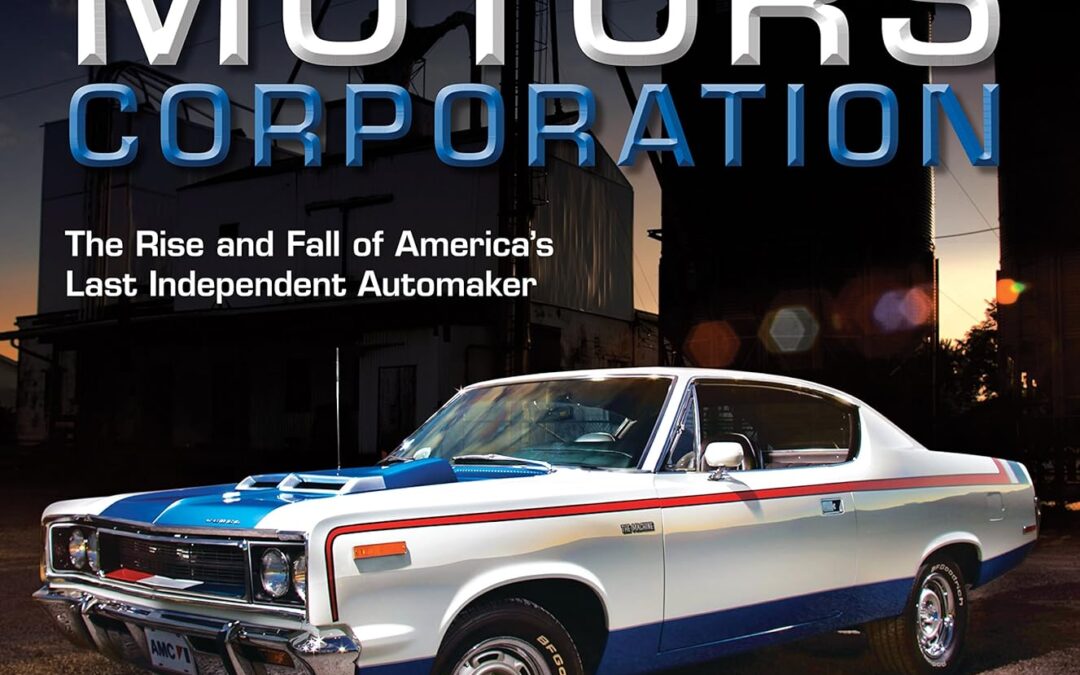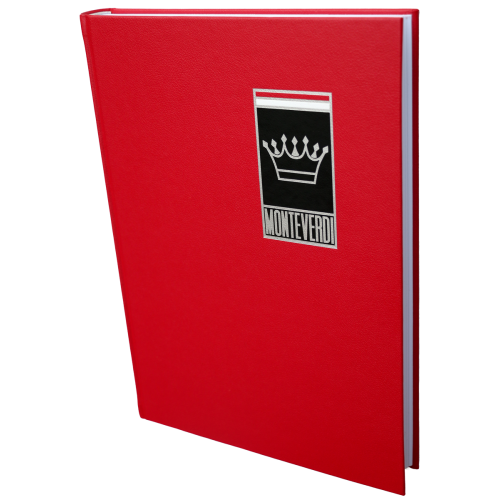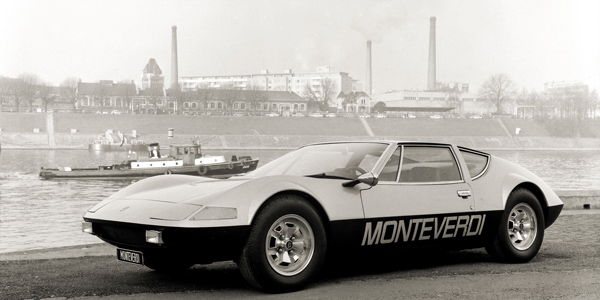
Contrary to popular belief, ‘Fluxie’ did not enter the world on full opposite-lock, nor did he have a cigarette in one hand and a pint in the other. Destined to race, he never got the biggest breaks but he did become one of motorsport’s most colourful and best-loved characters, someone who has always lived life to the full.
Ian Flux’s autobiography tells it how it was, covering not only the highs — including five championship titles — but also the many setbacks. Along the way we laugh with him about much of it, particularly the pranks, but also learn about some dark times that he has never previously divulged.
- Early days: growing up on a farm, first kart aged 6, muddling through in the classroom, lots of laughs — but also sexual abuse from a schoolmaster and an early racing mentor.
- The spark ignites: starting to race in 1970 with a Formula 6 kart, then onwards to Formula Vee; brushing shoulders with Formula 1 working for the Token and Graham Hill teams.
- Grabbing the chances: a Formula Vee title in 1975 leads to Formula 3 and Formula Atlantic, but still with various jobs to make ends meet, including as mechanic to motorcycle racing legend Giacomo Agostini for his four-wheel efforts.
- Diversifying into sports cars: successful adventures in Sports 2000 and Thundersports, winning championships in both, plus Thundersaloons.
- A true all-rounder: going into the British Touring Car Championship from 1988 in a wide range of tin-tops; racing a Jaguar XJR-15 in the big-money 1991 series held at Grand Prix races, including Monaco.
- Championship double in 1996: the ‘golden year’ in the TVR Tuscan Challenge and the British GT Championship, the latter with a McLaren F1 GTR.
- So much else: racing on into recent times, notching up nearly 50 years on track; testing competition cars for Motorsport News; driver tuition and track-day demonstrations.
This is a very different kind of racing driver’s memoir, with lots of laughs along the way together with searing personal honesty.

The Bizarre and Disturbing Adventures of Hitler’s Limousine in America
In 1938, Mercedes-Benz began production of the largest, most luxurious limousine in the world. A machine of frightening power and sinister beauty, the Grosser 770K Model 150 Offener Tourenwagen was 20 feet long, seven feet wide, and tipped the scales at 5 tons. Its supercharged, 230-horsepower engine propelled the beast to speeds over 100 m.p.h. while its occupants reclined on glove-leather seats stuffed with goose down. Armor plated and equipped with hidden compartments for Luger pistols, the 770K was a sumptuous monster with a monstrous patron: Adolph Hitler and the Nazi party.
Deployed mainly for propaganda purposes before the war, the hand-built limousines―in which Hitler rode standing in the front seat―motored through elaborate rallies and appeared in countless newsreels, swiftly becoming the Nazi party’s most durable symbol of wealth and power. Had Hitler not so thoroughly dominated the scene with his own megalomania, his opulent limousine could easily have eclipsed him.
Most of the 770Ks didn’t make it out of the rubble of World War II. But several of them did. And two of them found their way, secretly and separately, to the United States.
In The Devil’s Mercedes, author Robert Klara uncovers the forgotten story of how Americans responded to these rolling relics of fascism on their soil. The limousines made headlines, drew crowds, made fortunes and ruined lives. What never became public was how both of the cars would ultimately become tangled in a web of confusion, mania, and opportunism, fully entwined in a story of mistaken identity.
Nobody knew that the limousine touted as Hitler’s had in fact never belonged to him, while the Mercedes shrugged off as an ordinary staff car―one later abandoned in a warehouse and sold off as government surplus―turned out to be none other than Hitler’s personal automobile.
It would take 40 years, a cast of carnies and millionaires, the United States Army, and the sleuthing efforts of an obscure Canadian librarian to bring the entire truth to light.
As he recounts this remarkable drama, Klara probes the meaning of these haunting hulks and their power to attract, excite and disgust. The limousines’ appearance collided with an American populous celebrating a victory even as it sought to stay a step ahead of the war’s ghosts. Ultimately, The Devil’s Mercedes isn’t only the story of a rare and notorious car, but what that car taught postwar America about itself.

“Americans in search of family oriented domestic travel, safe and inexpensive, are buying trailers and RVs in record numbers. At the same time—with fantasies of Lauren Bacall sipping an extra-dry Gibson against a gleaming metal doorway in Palm Springs and Lucy and Desi’s madcap Long, Long Trailer trip—they crave the vanished luxury and quirkiness of antique auto trailers. Those simpler, slower days of freedom and security are being recaptured in trailers from all eras, rescued and restored as living, road-ready Americana.
Ready to Roll, with more than 300 color photographs, taps into this trend in gloriously illustrated and insightfully chronicled retro style. Here is the complete evolution of the trailer, from the utilitarian Covered Wagon to the aristocratic Airstream and Aerocar Land Yacht to the homemade Hammer Blows of the Depression. Here too are the people who drove these cherished chariots and increasingly lived in them in trailer parks, from the stereotypically seedy to the likes of Bing Crosby’s exclusive Blue Skies Trailer Village. The amazing camaraderie of groups like the Tin Can Tourists marks the trailer phenomenon as a major segment of American consciousness and history.
”

In American Motors Corporation: The Rise and Fall of America’s Last Independent Automaker, author Patrick Foster provides the ultimate inside look into an American corporation that rose from the death throes of a once-thriving independent auto industry, putting up a valiant fight for nearly half a century before succumbing to the inexorable will of the corporate machine. Born from the ashes of Hudson and Nash, AMC represented a last, desperate attempt at survival for an independent automobile company. Thanks to the steady, capable leadership of George Romney, the company not only survived, but thrived, riding on the success of the firm’s small, economical cars like the Rambler. When competition arose from Ford, Plymouth, and Chevrolet and the market began to shift toward performance and luxury cars, AMC found itself poorly prepared to compete with its bigger rivals. With the fuel crisis of the 1970s, the small cars from AMC once again refilled corporate coffers, and the firm’s purchase of the Jeep brand also generated profits–but ultimately, it was too little, too late. Even a partnership with French automaker Renault and the introduction of all-wheel-drive cars couldn’t save AMC. In 1987, Chrysler Corporation purchased AMC and the story of the last independent automaker came to an end. This engaging book, from one of America’s best-known automotive writers, tells the entire AMC story from its inception to its ultimate demise.









